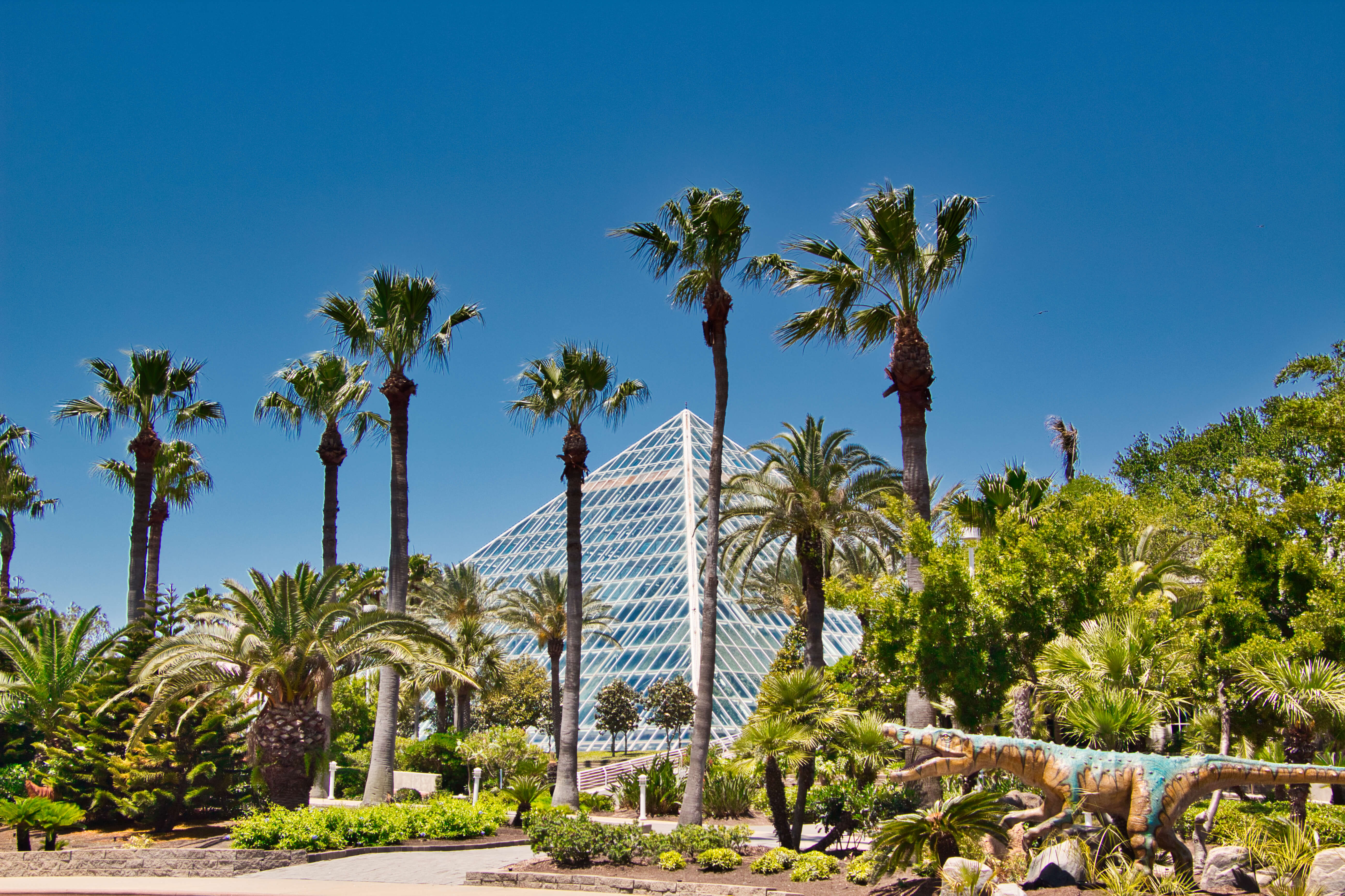Moody Gardens
I arrive in Galveston for the annual FeatherFest from I-45. My eye is immediately drawn to the pyramids across Offatts Bayou. It wasn’t until later that learn these are part of Moody Gardens, named after William Lewis Moody Jr. Moody was an American financier and entrepreneur from Galveston, who founded a private bank, an insurance company, and one of the largest charitable foundations in the United States.
Moody set up the Moody Foundation, a $1 billion charitable organization to which Moody’s estate was transferred after his death. The Foundation awards grants to various civic and environmental causes in Texas. His name and works are very prevalent throughout the island.
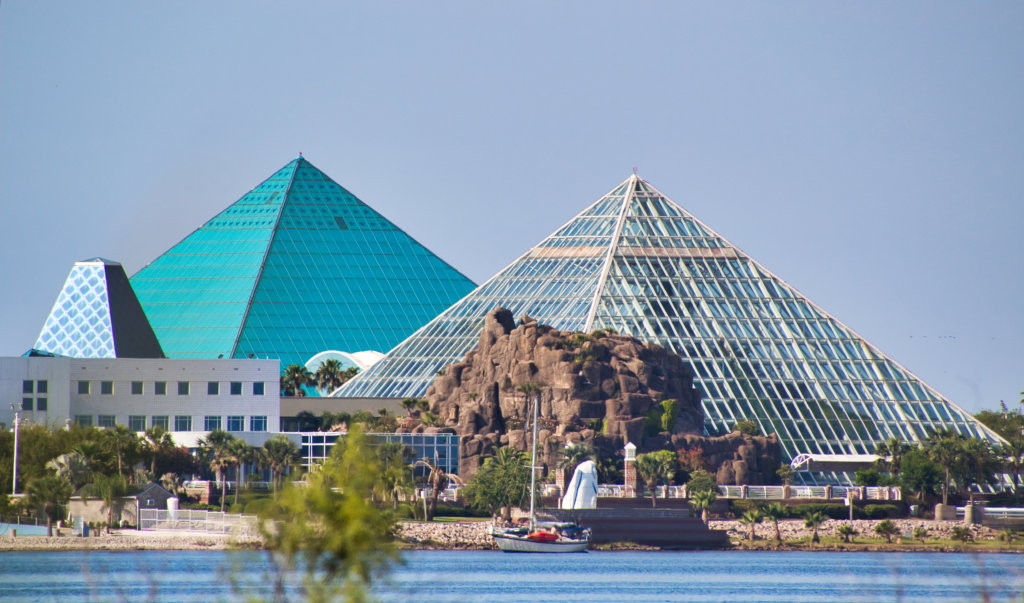
Moody Gardens is an educational tourist destination, with a golf course and hotel which opened in 1986. The non-profit destination uses nature to educate and excite visitors about conservation and wildlife.
The Gardens feature three main pyramid attractions:
The Aquarium Pyramid. The 12 stories high blue pyramid feature massive pools that contain approximately 10,000 marine animals from fish, sharks, seals, and penguins. Each representing different regions of the sea: North Pacific, South Pacific, South Atlantic, and the Caribbean;
The Rainforest Pyramid, which contains tropical plants, animals, birds, butterflies, reptiles, and a variety of other rainforest animals including free-roaming monkeys and two-toed sloths;
The Discovery Pyramid, which focuses on science-oriented exhibits and activities.
Welcome to the Jungle
I elect to tour the Rainforest Pyramid. This clear pyramid reaches a height of 10 stories. The multi-level Rainforests of the World project focuses on education, conservation and possible future breeding with new rare and endangered animals. Giant Amazon river otters, saki monkeys, ocelots, and a wide range of other animals, birds, reptiles make up more than 1,000 species of exotic species that showcase the rainforest environment.
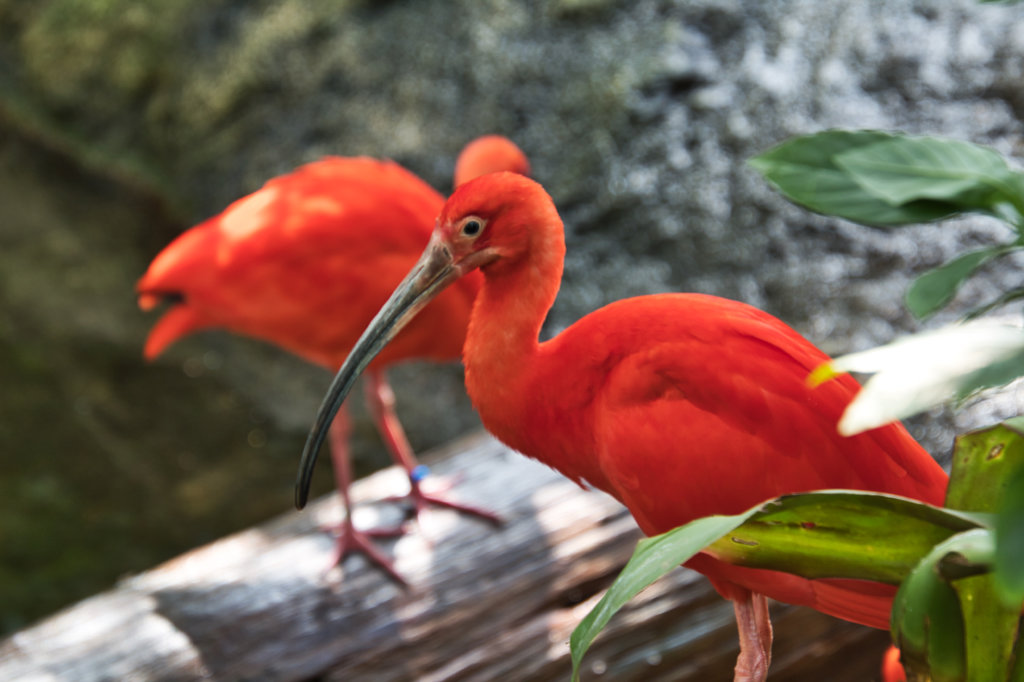
The rainforests of Asia, Africa, and the Americas are features through the popular bat caves, waterfalls, and Mayan Ruins. The warm, humid interior simulates the climate of rainforests on warm days.

By the description, the place sounds huge but it is really quite contained. I enter at the top level placing me in the canopy of trees. Birds of all sizes and colors are whizzing by. It’s an immersive experience, animals aren’t in cages (except the Komodo dragon and bats). It’s a realistic walk through a rainforest.
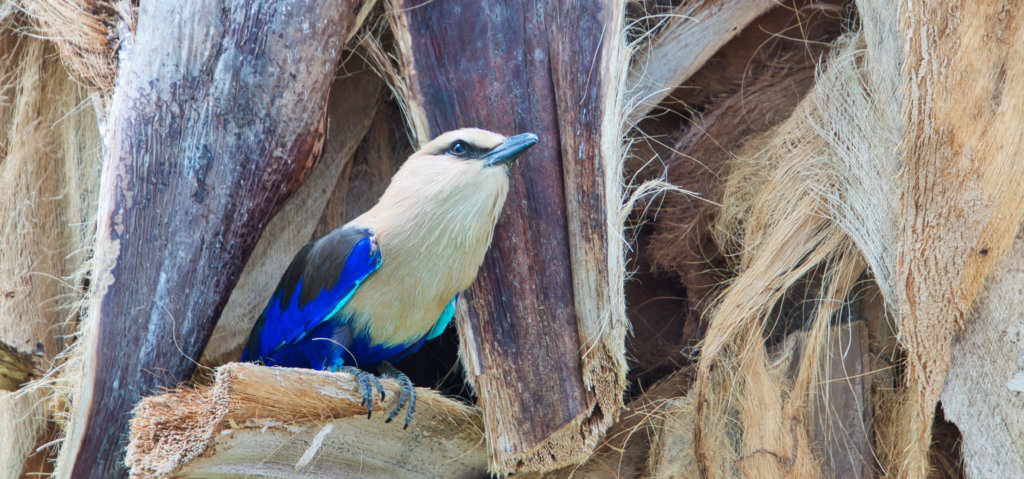
I am on the constant lookout for the monkies and the sloth that are inhabitants here. While looking up through the canopy of the trees, looking for the cotton-top tamarin monkey, I spy the not so slow-moving two-toed sloth making his way across the rafters of the pyramid.
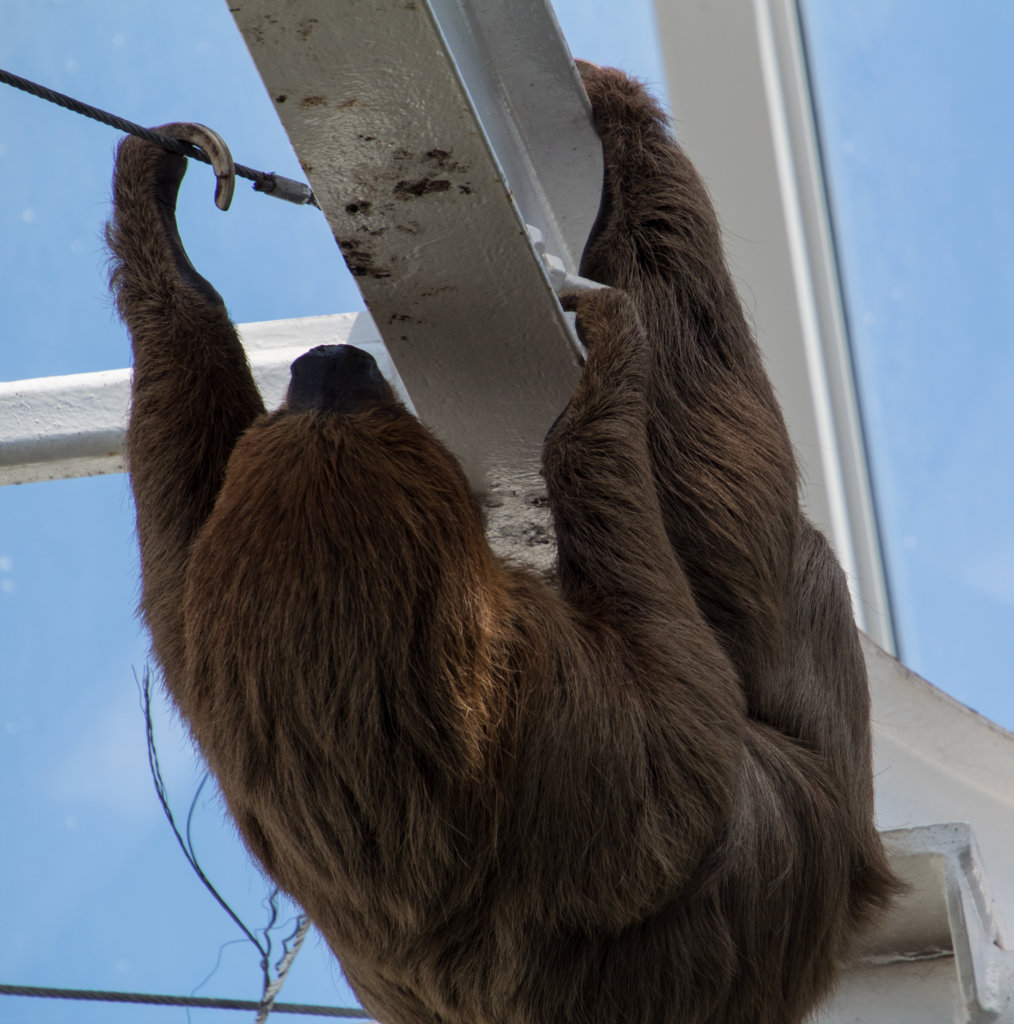
Monkey See, Monkey Do
I venture down to the bottom of the pyramid and am looking at various ducks, parrots, waterfalls, corpse plant, and wading birds when I see a flash through the trees. It’s the white face saki monkey. His striking features capture my attention. I run back upstairs to get a good look at the guy. He proves to be quiet nimble and camera shy. The staff is very accommodating and encouraging of me wanting to photo the guy. Finally, he stops for literally 2 seconds before he is off into the trees again.
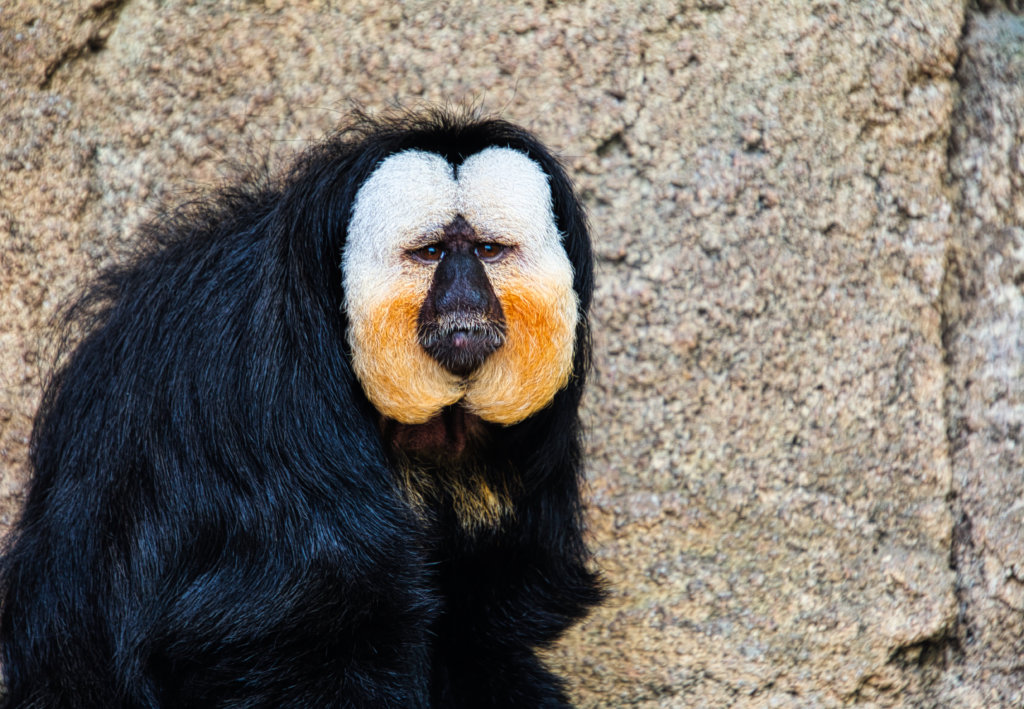
The Rainforest Pyramid is a unique attraction. It’s not a zoo, it’s not an aviary, but is a true micro rainforest. I am provided an animal identification guide when entering and am amazed at what I do not see. There are many young staff members around to ensure no one provokes, handles or feeds the wildlife, but otherwise, it’s a free-range experience that I would certainly do again.
